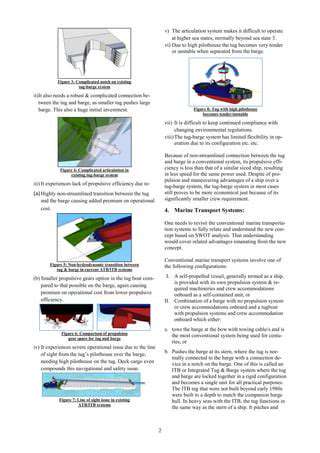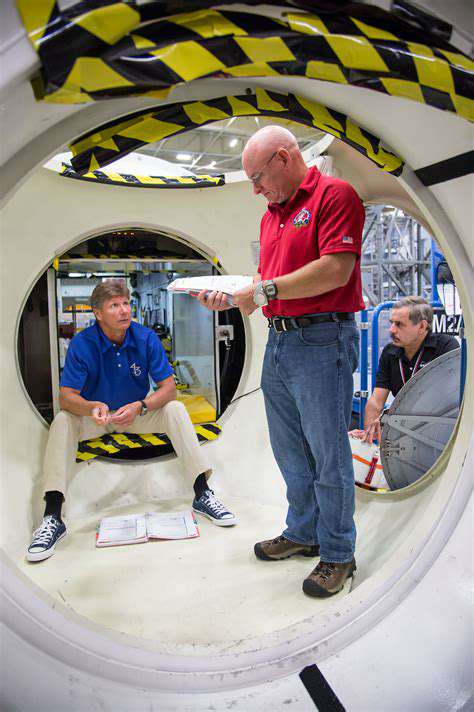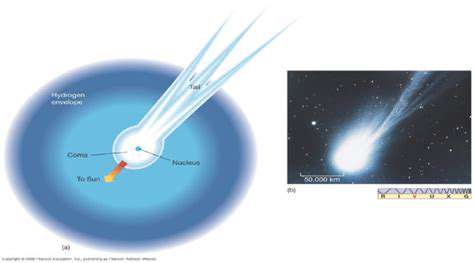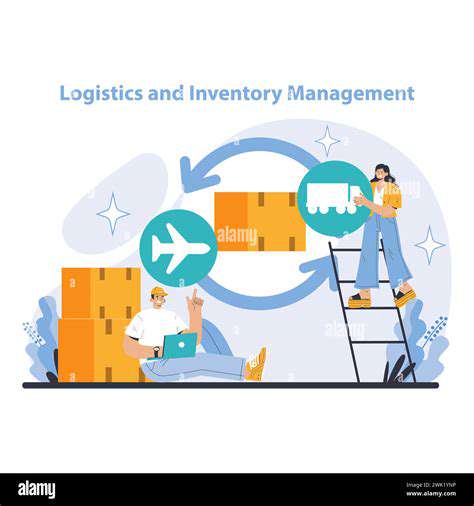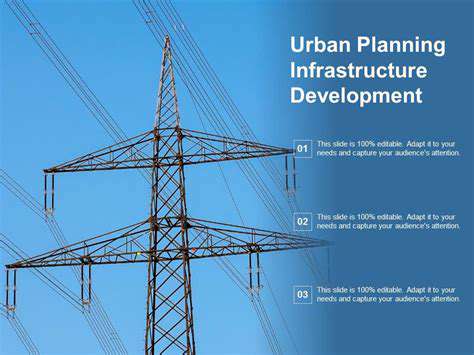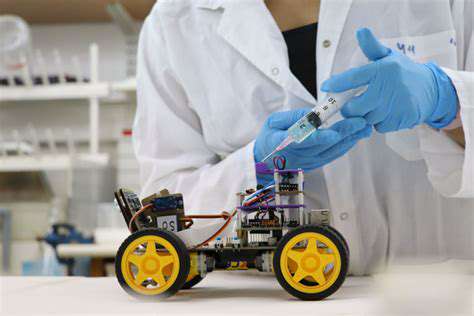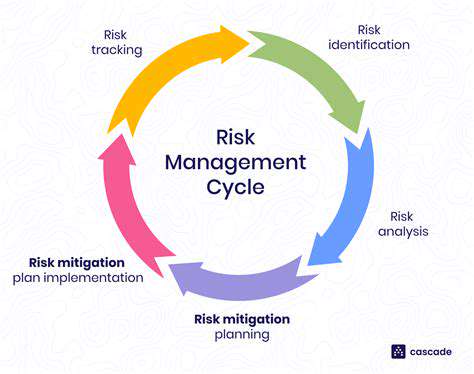
Early Stages and Initial Challenges
The prospect of asteroid mining, while promising, faces significant hurdles in its early stages. One crucial challenge is the sheer distance and logistical complexities involved in reaching and retrieving valuable resources from space. Developing the necessary spacecraft, propulsion systems, and mining equipment capable of operating in the harsh environment of space presents a formidable engineering task. Current technology is not quite up to the mark for efficient and cost-effective asteroid retrieval, requiring substantial advancements in space travel and resource extraction.
Furthermore, the legal and regulatory frameworks surrounding asteroid mining are still developing. Defining ownership rights in space and establishing clear guidelines for the responsible extraction of resources from celestial bodies are crucial for fostering a sustainable and equitable space mining industry. International collaboration and agreement on these issues are essential to prevent conflicts and ensure the peaceful exploration of space.
Economic Viability and Potential Rewards
The economic viability of asteroid mining hinges on the abundance and value of the resources available. While asteroids may contain valuable elements like platinum, gold, and other rare metals, the cost of extraction and transportation to Earth needs careful consideration. The actual profit margin remains uncertain and depends on several factors, including the market value of extracted materials and the efficiency of mining operations in space.
The potential rewards, however, are substantial. Securing access to these resources could revolutionize industries on Earth, providing a new source of raw materials for electronics, aerospace, and other high-tech sectors. This could potentially alleviate resource scarcity on Earth and create a new economic frontier in space.
Technological Advancements and Innovations
Significant technological advancements are essential to make asteroid mining a reality. Development of advanced robotic mining tools and spacecraft capable of operating autonomously in space is crucial for reducing costs and increasing efficiency. This requires innovations in areas such as propulsion, navigation, and remote manipulation.
Additionally, improved methods for asteroid identification and characterization are needed to ensure that mining operations target asteroids with the highest concentrations of valuable resources. Sophisticated space telescopes and advanced data analysis techniques are vital for optimizing mining strategies and maximizing returns.
Environmental Considerations and Sustainability
The environmental impact of asteroid mining must be carefully assessed. The potential for space debris generation and the possibility of contaminating asteroids or their surroundings need consideration. Sustainable practices are vital to prevent long-term damage to the celestial environment and preserve the integrity of space for future exploration. Developing environmentally friendly mining techniques and responsible disposal strategies are essential.
Moreover, the transportation of mined resources to Earth must be addressed in terms of its environmental footprint. Minimizing the energy consumption and emissions associated with space transport is crucial for aligning space mining with broader environmental goals.
Legal and Ethical Implications
The legal implications of asteroid mining are complex and require international collaboration. Defining ownership rights in space and establishing clear guidelines for resource extraction are crucial. Establishing protocols for responsible space mining and resource management will help prevent conflicts and ensure equitable access for all nations.
Ethical considerations are also paramount. Ensuring that asteroid mining does not harm the delicate balance of the space environment and does not lead to exploitation or conflict amongst stakeholders is vital. Ethical guidelines and regulations are necessary to ensure that asteroid mining is conducted in a responsible and sustainable manner.
Challenges and Opportunities in Space Mining
Technological Hurdles in Space Resource Extraction
Developing the necessary technologies to extract and process resources in the harsh environment of space presents significant challenges. From the creation of robust spacecraft capable of withstanding the extreme conditions of space travel to the development of specialized mining equipment that can operate in a vacuum and under low-gravity conditions, the engineering hurdles are substantial. Furthermore, the long-duration space missions required for these operations necessitate advancements in life support systems, radiation shielding, and sustainable power generation, all while maintaining the safety and well-being of the crew.
The sheer distance to many potential mining sites, combined with the vastness of space itself, creates logistical complexities. Precise navigation, communication over interstellar distances, and ensuring the reliability of equipment over extended periods are critical to successful missions. These technological hurdles are not merely engineering challenges, but also represent significant economic and logistical obstacles that must be overcome to make space mining a viable enterprise.
Economic Viability and Market Demand
The economic viability of space mining hinges on the market demand for the extracted resources. Determining the true cost of extraction, processing, and transport is crucial, and this cost must be weighed against the price of the resources on Earth. The potential for cost savings through space-based extraction must be substantial to offset the substantial initial investment and ongoing operational expenses.
Identifying and securing potential markets for space-derived resources, like rare earth elements or water ice, is essential. This will involve negotiating agreements, establishing supply chains, and potentially fostering international collaboration to ensure a sustainable and profitable business model.
Environmental Considerations in Space Mining
The potential environmental impact of space mining operations must be meticulously considered and mitigated. The process of extracting resources from celestial bodies could cause contamination of the local environment, either by introducing terrestrial contaminants or by disturbing the natural composition of the mined area. Careful planning and the development of environmentally friendly mining techniques are essential to prevent long-term damage to the extraterrestrial environment and ensure responsible resource extraction.
Legal and Regulatory Frameworks
The absence of clear international legal and regulatory frameworks governing space mining presents significant challenges. Determining ownership rights to celestial bodies and the resources they contain, defining liability for accidents or environmental damage, and establishing guidelines for ethical and responsible resource extraction are crucial issues that require international cooperation and consensus-building.
Political and Geopolitical Implications
The pursuit of space mining has significant political and geopolitical implications. The potential for resource scarcity on Earth, combined with the lure of valuable resources in space, could lead to international disputes and conflicts. Establishing clear international agreements and protocols to regulate the activities of space mining operations is crucial to prevent resource-based conflicts and ensure peaceful exploration and utilization of space resources.
Ethical Considerations of Space Mining
The ethical dimensions of space mining must be addressed. Considerations include the potential for exploitation of resources and the impact on indigenous life forms, should they exist. Ensuring that space mining operations are conducted in a manner that respects the ethical principles of sustainability, fairness, and equitable access to resources is crucial. Transparency and accountability in space mining operations are essential to build public trust and ensure responsible resource extraction.
The Future of Space Mining and its Implications
The Technological Hurdles
Space mining, while promising, faces significant technological challenges. Developing robust and reliable robotic systems capable of operating in the harsh vacuum of space, far from Earth, presents a major hurdle. These systems need to be incredibly resilient to radiation, extreme temperature fluctuations, and the unpredictable nature of space debris. Furthermore, the sheer distance and communication delays necessitate sophisticated autonomous capabilities for these machines. The intricate processes required for extracting and processing resources in the zero-gravity environment of space also require innovative solutions, far beyond current terrestrial mining techniques.
Transporting the extracted materials back to Earth efficiently and economically is another critical issue. Current launch capabilities are limited, and the enormous cost of transporting large quantities of material from space to Earth makes the financial viability of space mining questionable. Developing novel propulsion technologies and reusable spacecraft could dramatically reduce transport costs, but these technologies are still under development.
Economic Considerations and Viability
The economic viability of space mining hinges on several factors. The cost of extraction, processing, and transportation to Earth must be weighed against the market value of the extracted materials. The potential for rare earth elements, precious metals, and water ice to be found in space offers a potential economic incentive. However, the initial investment required for establishing the infrastructure for space mining is substantial, and the return on investment is uncertain.
Furthermore, market demand for these resources is a significant consideration. Are there sufficient consumers willing to pay the premium for space-sourced materials? The competition from terrestrial sources and the possibility of unforeseen supply chain disruptions must also be taken into account. Overall, a robust market analysis and thorough cost-benefit analysis are essential to determine the true economic viability of space mining.
Environmental Impacts and Ethical Considerations
Space mining operations, if not carefully planned and regulated, could have significant environmental impacts on celestial bodies. The extraction process could disrupt the natural composition of asteroids and other celestial bodies, potentially altering their orbits or leading to unforeseen consequences. The disposal of mining waste also presents a challenge, requiring innovative solutions to minimize contamination of space environments.
Legal and Regulatory Frameworks
The absence of universally recognized legal and regulatory frameworks governing space mining activities poses a significant obstacle. International agreements and treaties are needed to establish clear guidelines for resource extraction, preventing conflicts and ensuring equitable access. This includes setting standards for responsible mining practices, environmental protection, and the prevention of space debris generation. The lack of established legal frameworks could lead to disputes and uncertainty among nations and private entities.
The Role of International Cooperation
Given the vast scale and complex nature of space mining, international cooperation is crucial. Shared knowledge, resources, and technological advancements are essential for successful space mining ventures. International collaborations and agreements could facilitate the development of standardized safety protocols, environmental regulations, and legal frameworks. Such cooperation could also foster a global approach to resource management, promoting responsible space exploration and development.
Shared risk and cost-sharing mechanisms among nations and private entities can make space mining ventures more accessible and economically feasible. Establishing a robust international framework for space mining will also ensure a more equitable and sustainable approach to resource extraction in the cosmos.

